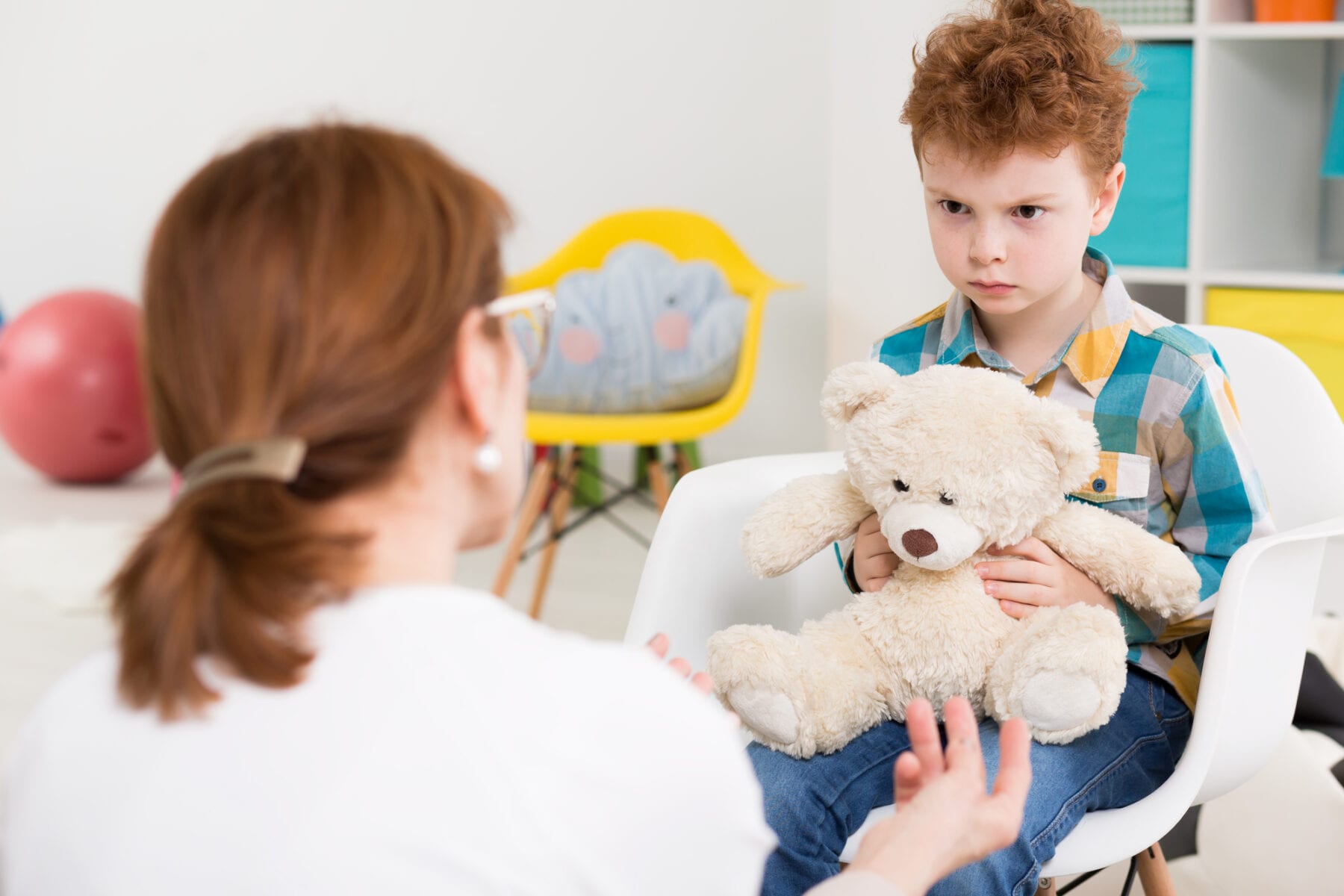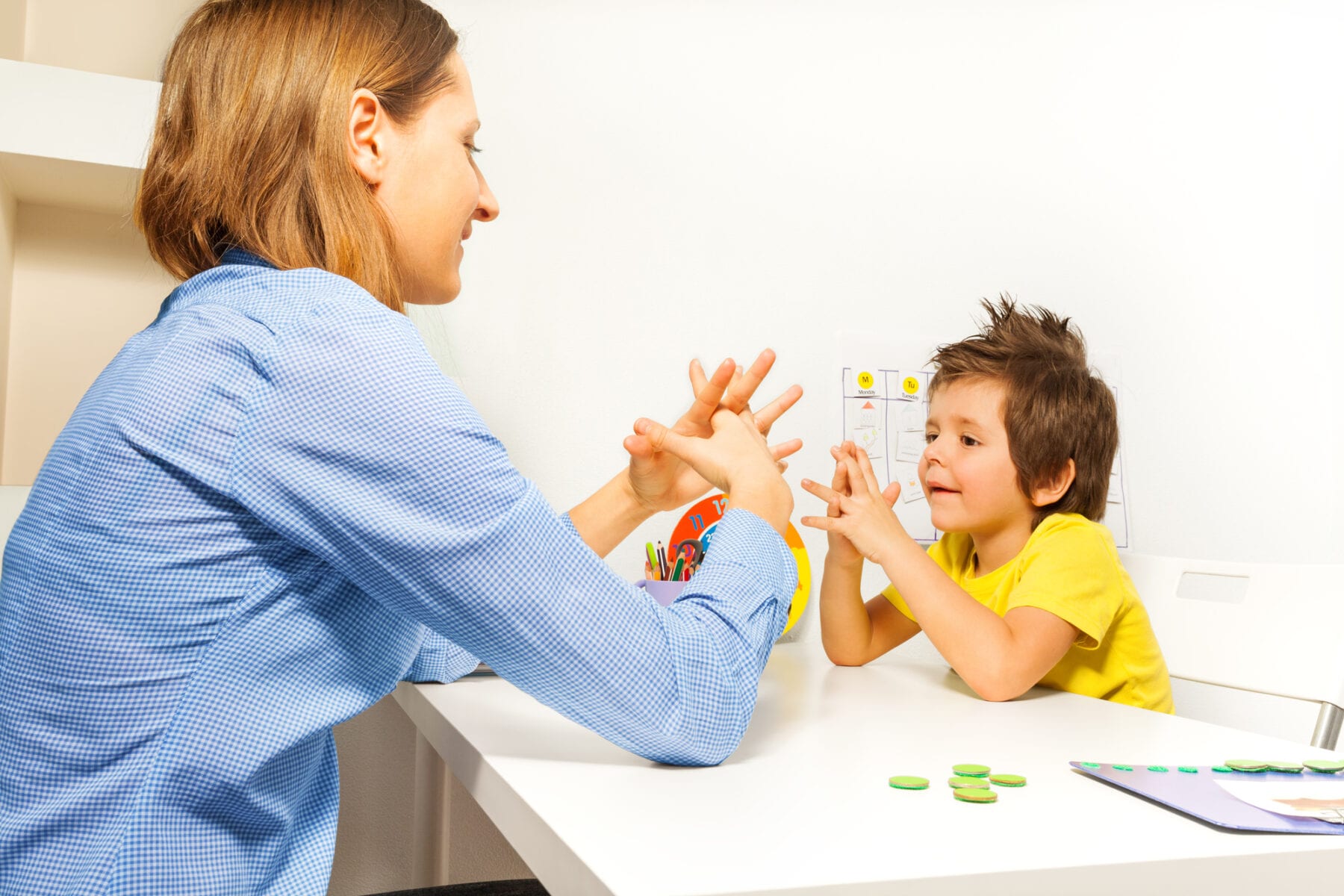A child’s aggressive behavior creates immediate reactions from those around them. Children with autism who find it difficult to communicate their feelings and needs will often act out aggressively whether their behavior is motivated by frustration, hypersensitivity to environmental stimuli, or a specific need.
Because these types of behaviors are met with immediate reactions, they are unintentionally reinforced.
In this article we will learn more about the aggressive behaviors of autistic children and give you tips on how to deal with them.
Why do autistic children behave aggressively
Children diagnosed with ASD struggle with understanding certain types of language and often do not have the ability to communicate their needs and feelings adequately. These aspects of their disorder may make them more likely to exhibit aggressive behaviors that children who aren’t on the spectrum.
When your child acts out aggressively, it may be because:
- They feel overwhelmed by negative feelings. Children struggling with autism often experience anxiety and stress that they are unable to communicate to those around them. If a situation makes your autistic child anxious, they may act out to get you to remove them from the situation.
- They are feeling bombarded by negative sensations from their environment. Many children diagnosed with ASD are hypersensitive to things like noise and touch. They may experience loud noises as painful or a burst of air hurt their skin. Responding with aggressive behaviors may be an automatic reaction to being physically uncomfortable for some children on the autism spectrum.
- They may not understand what is going on around them. Since children on the autism spectrum have difficulty understanding idioms, figurative language, and nonverbal communication, they may struggle in situations where there are a lot of people or when things aren’t explained to them in a fashion they can understand. In this instance your child may act out aggressively out of frustration.
- They may use aggressive behaviors to communicate their needs if they can’t make those around them understand what they need in a given situation. A child who is struggling and can’t make those around them understand their needs may act out aggressively. Although the reaction they receive may not solve the problem, the immediate reaction that a child receives when acting out in an aggressive manner does allow the child to feel that they have some control in the situation.
- They may use aggressive behavior to get them out of a situation they don’t like. Children learn very quickly that one way to escape an uncomfortable situation is to act out in a way that will get them taken out of the situation. Even when a child is removed from an uncomfortable situation as a punishment, being removed from the situation is rewarding.
How can this aggressive behavior manifest
When your autistic child exhibits aggressive behavior it can come in a variety of forms. Your child may bite, scratch, kick, and/or yell at you or others. They may also scratch themselves, hit their head against an object, or punch themselves. Research indicates that children diagnosed with ASD will most often direct their aggression toward their caregivers.
Understanding aggressive behavior in autistic children
Children on the autism spectrum may have anger triggers that are associated with their disorder. Understanding the triggers that lead to your child’s aggressive behaviors will help you develop ways to deal with these unwanted behaviors. Triggers that your child may experience include:
- Disturbing breaks in their typical routine. Children on the autism spectrum often become distressed when their routines are altered. Unexpected events may increase your child’s anxiety levels and create heightened feelings of confusion and being out of control.
- Distressing sensory stimuli. If your autistic child experiences hypersensitivity to external stimuli, you may find that loud noises, jarring lights, or overpowering smells tend to set your child off.
- Lack of sleep. Children diagnosed with ASD often struggle with sleep. Unfortunately that doesn’t mean that your child doesn’t need as much sleep as other children do. You will frequently find that your child will be more likely to act aggressively when they are experiencing poor sleep.
Dealing with aggressive outbursts from autistic children
Thankfully, there are many things you can try to help reduce your autistic child’s aggressive behaviors. Some of these include:
- Identifying aspects of the environment that may be triggering your ASD child and developing strategies for dealing with external stimuli.
○ If your child is hypersensitive to noises, you may find that having your child wear noise cancelling headphones in certain environments is enough to help them control their reactions to what is going on around them. Parents are apt to understand that a child may be distrubed by loud noises like fireworks or alarms.
However, it is helpful to understand that it isn’t always loud noises that can create issues for your autistic child. Often when children with autism are trying to concentrate in the classroom, they can be distracted by conversations or noises that you may not even notice. The frustration created by this constant distraction is enough to make many children act out aggressively. Often professional help may be necessary to help you identify why your child is acting out aggressively.
○ If your child is hypersensitive to smells, you may find that allowing them to use lotions or hand sanitizers that have a soothing smell on their hands will help them to focus on the pleasant smell that they have control of rather than the offensive smell. Likewise, if you know that your child is triggered by a pervasive external smell like the smell of cooking fish, you may find that improving ventilation and the use of air fresheners will help to lower your child’s reaction to olfactory stimulation.
○ If your child is hypersensitive to glaring lights, you may find that something as simple as allowing your child to wear sunglasses in certain environments is sufficient to help reduce the likelihood that your child will experience enough discomfort that they act out aggressively.
- Prepare your child in advance when there will be a break in their routine when you can.
- If you take your child into a new environment where they are likely to find things confusing, take the time to explain what is happening and help them to avoid undue anxiety.
For example, the first time you fly with a child who struggles with autism, you may find that they are overwhelmed and confused. Taking the time to explain the process of travel step by step as you approach a new phase of the trip will help your child remain confident that they are safe. You will want to avoid giving too much information all at once to avoid overwhelming the child.
- Help your child develop good sleep hygiene to support them in getting a good night’s sleep. Children on the autism spectrum will generally need more support to get a good night’s sleep than other children do. Developing a supportive night time ritual and helping your child deal with the things that interrupt their sleep can help them cope better with the stresses they encounter in everyday life.
How can you modify aggressive behavior of autistic children?
There are a variety of strategies and therapies that can help you modify the aggressive behavior of your autistic child. These options include:
- Applied Behavioral Analysis (ABA) is a very well researched intervention that has helped many children diagnosed with ASD reduce aggressive behaviors. ABA therapy is based on learning theories and has been shown to be highly effective in helping children on the autism spectrum reduce negative behaviors. Specific aspects of ABA therapy have been found to be highly effective in helping reduce aggressive behavior in autistic children.
○ For example, Functional Communication Training (FCT) has been seen to help children on the autism spectrum to reduce aggressive behaviors when their behaviors are intended to get attention or are the result of the frustration of not being able to communicate their needs. A child may be taught to use gestures or pictures to communicate needs and obtain attention.
○ Functional Behavioral Assessment. This aspect of ABA therapy is very helpful in allowing parents and professionals to understand why a child diagnosed with ASD may be acting out in an aggressive manner. Once parents understand why their child is behaving in a certain way, they can develop a plan to deal with it. Although your child doesn’t have to be in ABA therapy for you to obtain a functional behavioral assessment, this assessment is a fundamental aspect of ABA therapy.
○ Reinforcement Strategies. There are several reinforcement strategies used in ABA therapy that have been found to help in the reduction of aggressive behaviors in children diagnosed with ASD.
- Medications are a helpful alternative that many parents turn to to help their autistic child control aggressive behaviors. Research has found that a variety of medications have been found to help children on the autism spectrum deal with symptoms associated with their disorder. Some psychiatrists have prescribed antipsychotic medications or mood stabilizers to help control an autistic child’s aggressive behaviors.
Although there are many studies on using these medications to help children on the autism spectrum control aspects of their disorder, this option is often used as a last resort or when a child’s behaviors are very severe. Many medications are not appropriate for children under a certain age, and all of these medications have potential side effects that give many parents pause.



